
After I chased a monkey out of my hotel room (at first I thought it was a cat), we visited Mount Tabor and then visited congregations around Hawassa, which is a part of the South Central Ethiopian Synod.

The South Central Ethiopian Synod is one of six synods that used to compose the Southern Ethiopian Synod. Approximately, 1.7 million people are a part of these six synods, over 500,000 people are in the South Central Ethiopian Synod. These statistics are important because the Tabor Evangelical College provides the majority of the training for pastors and evangelists in these six synods.
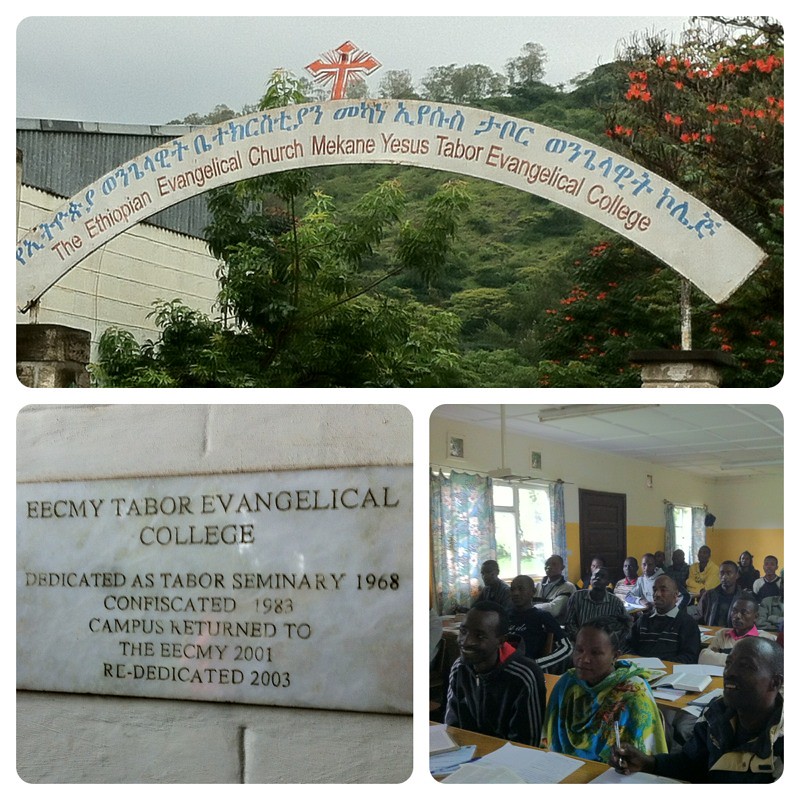
Tabor Evangelical College was formed by the Norwegian Lutheran Mission (NLM) in 1968. About 63 pastors were trained at Tabor between 1968 and 1977. In 1983, the communist Ethiopian Socialist Government confiscated the school's property. In 2001, the government returned then property to the EECMY and the school was reopened as a church operated high school in 2003. Today the high school serves about 700 children. In 2005, a Bible school to train evangelists was opened on the site. In 2008, a certificate / diploma program in Missions was started. Finally, in 2012, a Bachelors in Theology (B.Th) program began.

Of the 3436 congregations in the six synods that comprise southern Ethiopia, there are only 415 pastors. This means each pastor serves on average six to eight congregations. Practically, this means a congregation receives Holy Communion every 6 to 8 weeks. In the EECMY, only pastors can perform sacramental acts such as Holy Baptism and Holy Communion. The evangelists are not ordained and therefore cannot administer the sacrament. In a church body that adds approximately 500 congregations a year and that has a significant shortage of pastors, the EECMY did not "declare" an emergency and allow or license the evangelists or other lay leaders to perform the Sacrament. Instead, the focus and desire is to train more pastors to meet the demand. This is very commendable and shows faithfulness the the Lutheran Confession concerning the office of pastor.

The meager library at Tabor Evangelic College had a copy of Pieper's Christian Dogmatics, Preus' The Fire and the Staff, and Koehler's Christian Doctrine. After a tour of the campus, we departed to see examples of a small, medium, and large congregation -- as well as rural and urban.
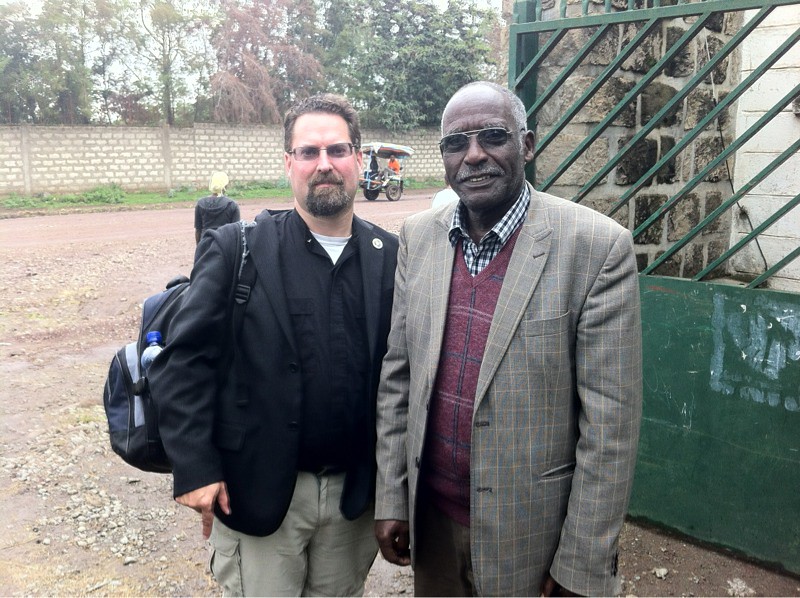
As we left Tabor Evangelical College, we ran into Aklilu Ameje, the father-in-law to Dr. Tilahun Mekonnen, the President of Concordia College, Selma, Alabama. A small world indeed...
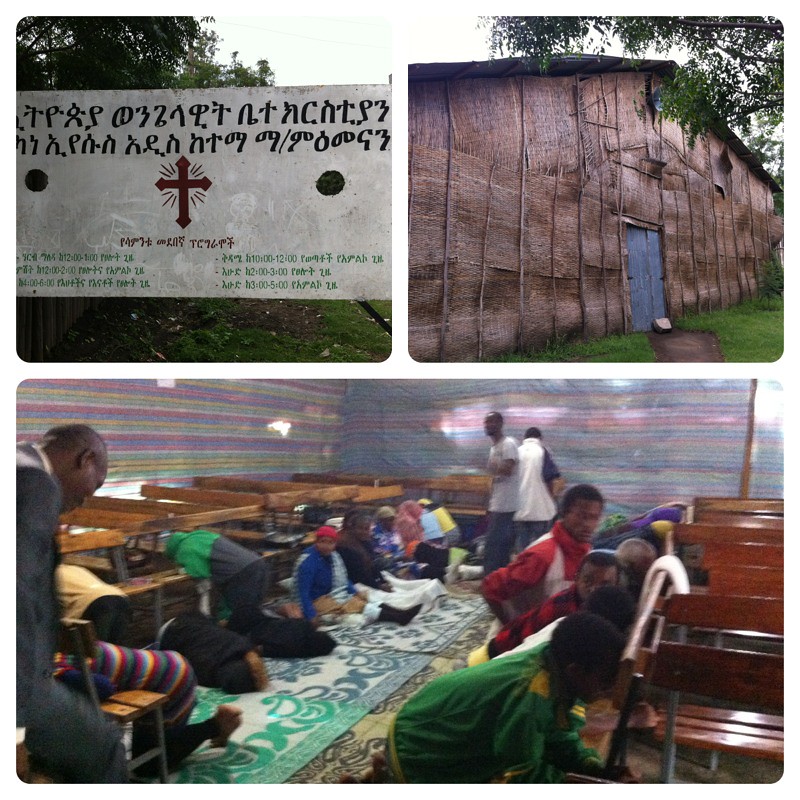
After leaving the college, we visited a small (more than 350 members) congregation in an urban setting. The church is poor in comparison to other congregations... So poor, that concrete or brick walls cannot be afforded. Neither can the congregation afford a pastor. The congregation is served by an evangelist and other lay leaders. When possible, the congregation borrows a nearby pastor to celebrate Holy Communion. When we arrived unannounced, people were gathered in the congregation for prayer. The Ethiopian New Year is approaching. EECMY congregations have the custom of praying the week before the New Year. The synod office gathers prayer requests from across the synod, the country and the world. Each day before the New Year, members of the congregation gather to pray. Every congregation that we visited today held prayer services. Some congregations had 5 people while others had 100 or more.
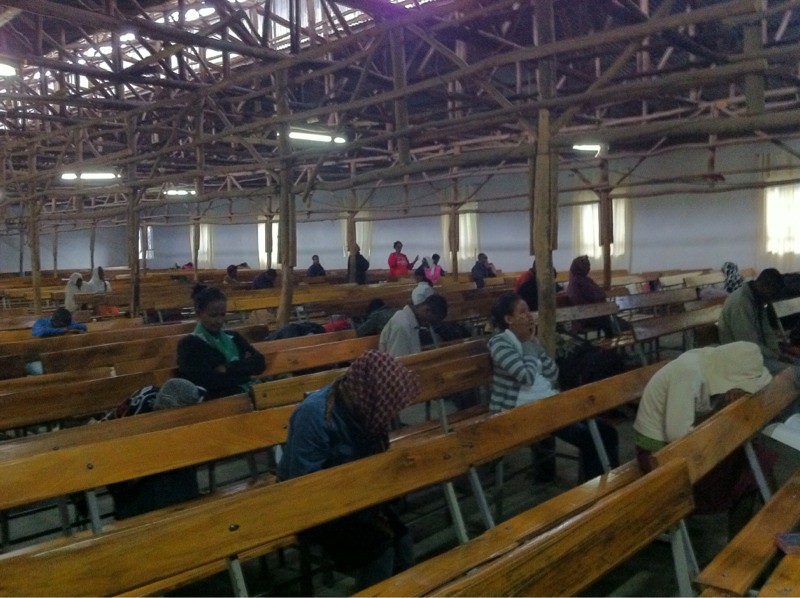
At a larger congregation, people gather for prayer before the New Year.
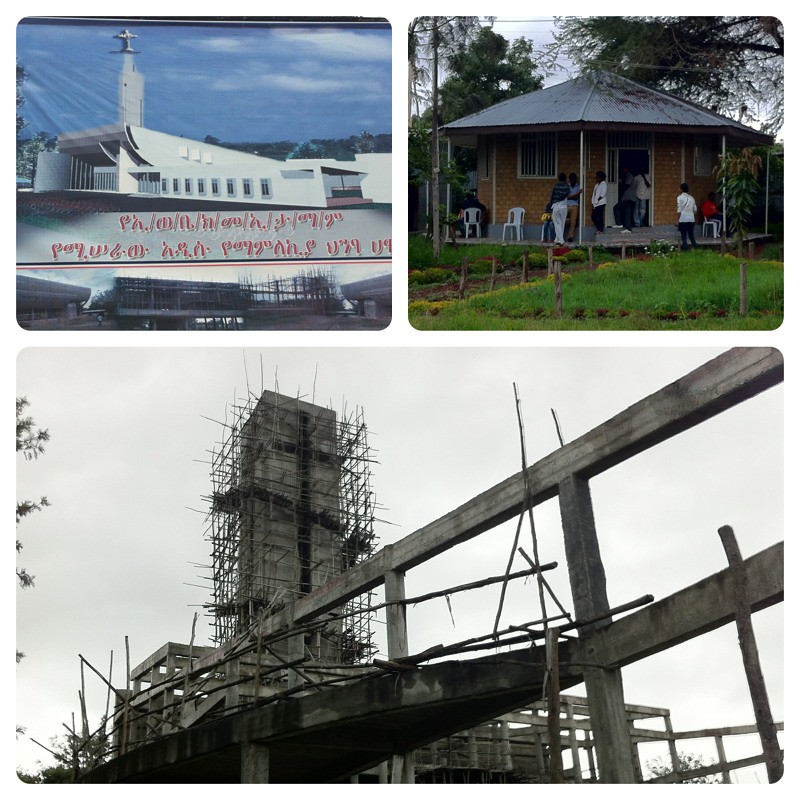
Next we visited Tabor Congregation, which only can be described as a "mega" church with over 6,500 members. Tabor Congregation started just 16 years ago with 250 members from the mother church in Hawassa. This congregation sends evangelists through out southern Ethiopia. We asked the congregation leaders and the Synod President if there was ever conflict between the evangelists sent by Tabor Congregation and other congregations or the synod. Both answered no. They told us that the work was done "systematically"'and in coordination with the Synod's strategic plan. After the evangelists start a congregation, they turn it over to the Synod.

We visited the Ambosa Congregation outside of the city. This congregation would represent a rural, middle class church. The congregation has about 600 communicant members, and about 1100 total members (500 unconfirmed children). Notice the building style is similar to the church's built by the Norwegians. Similar style churches can be found in Madagascar, where the NLM also was active.
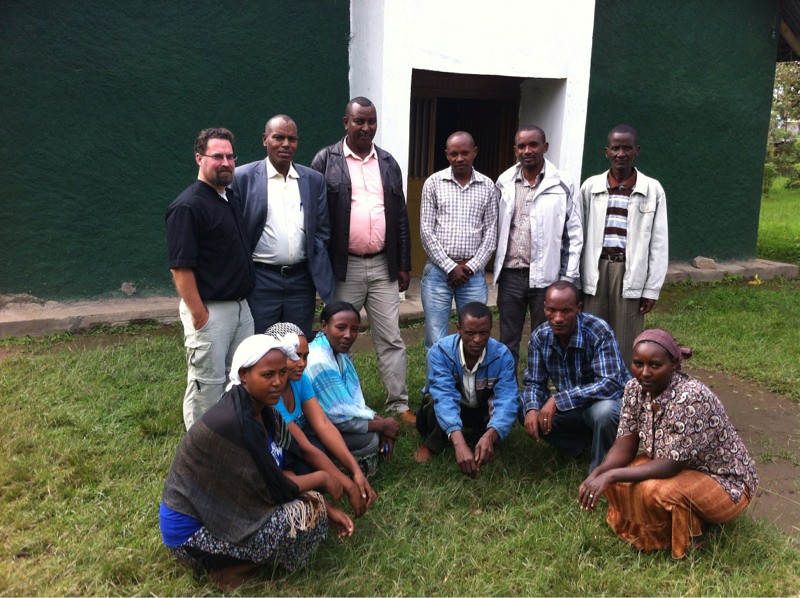
All the congregations we visited were very hospitable. While we saw only a fraction if the 1,100 or so congregations in the South Central Ethiopian Synod, we have an overview of small, medium, and large congregations in both rural and urban environments. We also saw the tremendous need to train more pastors, as well as the resilience of God's people.

As we bid farewell to our hosts this past evening, we were given a gift of traditional Sidamo clothing. Thank you President Hailu Yohannes Bullka, and all the pastors, evangelists, church leaders and people of the South Central Ethiopian Synod, who showed us wonderful hospitality.
We leave Hawassa in a few hours to return to Addis Ababa so we can catch our return flight.
- Posted on 8 September 2012 by Rev. Dr. Albert Collver, LCMS Director of Church Relations.
- Posted using BlogPress from my iPad
Location:Awasa,Hawassa,Ethiopia
It's amazing!!!:D
ReplyDeleteYour post is really interesting.
ReplyDelete